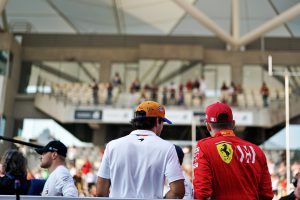Up Next

Ferrari has signed Carlos Sainz Jr as the perfect blend of speed and stature. Meaning he’s early enough into his career, and without having enjoyed a competitive car, that he can accept coming in as support to a team campaign based around Charles Leclerc. In a way that Daniel Ricciardo wouldn’t have – nor indeed Sebastian Vettel.
Is agreeing to join Ferrari a cashing-in of Sainz’s credibility chips? An acceptance that he will play the number two role? It’s a nebulous area, but no. Not if he’s smart.
There is no doubt that Leclerc is Ferrari’s chosen one, the driver it has nailed its colours to for the foreseeable future. It’s seen enough to be convinced he can carry the team leadership role on his young shoulders and go wheel-to-wheel, no quarter given, with Lewis Hamilton and Max Verstappen. But that doesn’t mean there’s not enough space for Sainz to manoeuvre his own territory.
What Ferrari has decided it doesn’t need alongside Leclerc is someone of the stature of an past champion or a multiple grand prix winner, someone for whom defeat at the hands of Leclerc is not an acceptable outcome.
The team perspective and that of the driver will always have a fault line where a conflict of interest can potentially play out. That fault line can become a fracture in the blink of an eye if the situation applies enough strain to it – and a high-profile multiple grand prix winner alongside the chosen one inevitably provides latent strain even before the wheels have turned. As was apparent last year on several occasions as Vettel fought his corner tooth and nail.
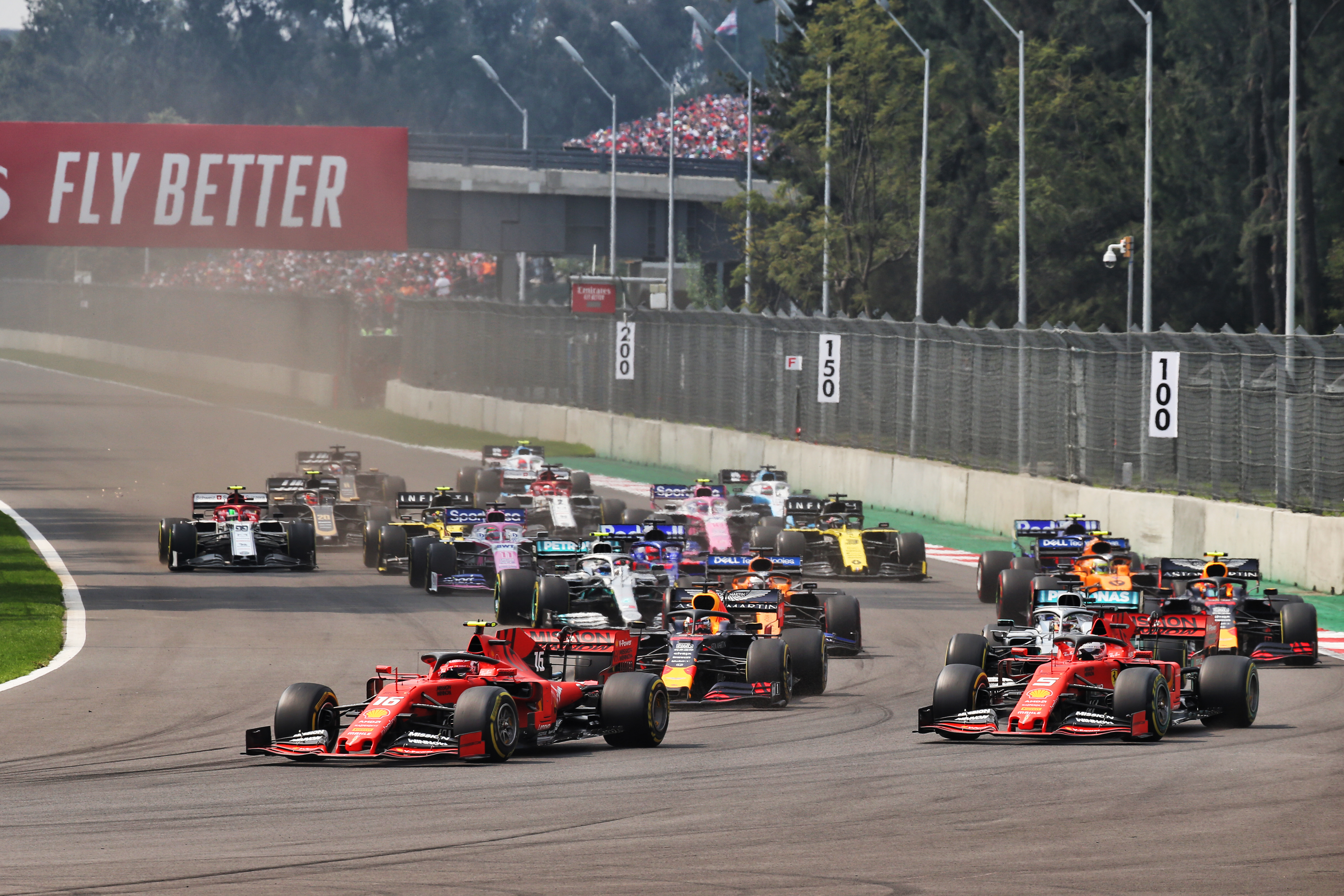
Leclerc was brought into Ferrari specifically to see if he could wrest the team leader status from Vettel. It was the late Sergio Marchionne’s idea of benchmarking Vettel, a driver who he’d inherited and never had total faith in. Sainz is coming in under very different circumstances.
The default position for Ferrari is to operate with a team leader and a support driver. If the drivers are too evenly matched – as with the Raikkonen/Massa line-up of 2007-09 – it cannot do so. But that is always its preference.
Felipe Massa and subsequently Kimi Raikkonen were in the support role to Fernando Alonso, whose team leadership status over Raikkonen was then assumed by Vettel. Now that Leclerc has established his number one credentials within the team, so it can default to its preferred dynamic.
Sainz should be under no illusions about this and one hopes that Ferrari has made the position clear. Sainz aims to be world champion some day, just as surely as does Leclerc. He’s just a step behind Leclerc in how his situation might facilitate that ambition. That is how he must look at it.
So how does Sainz work towards that ambition while still fulfilling the task Ferrari has assigned him?
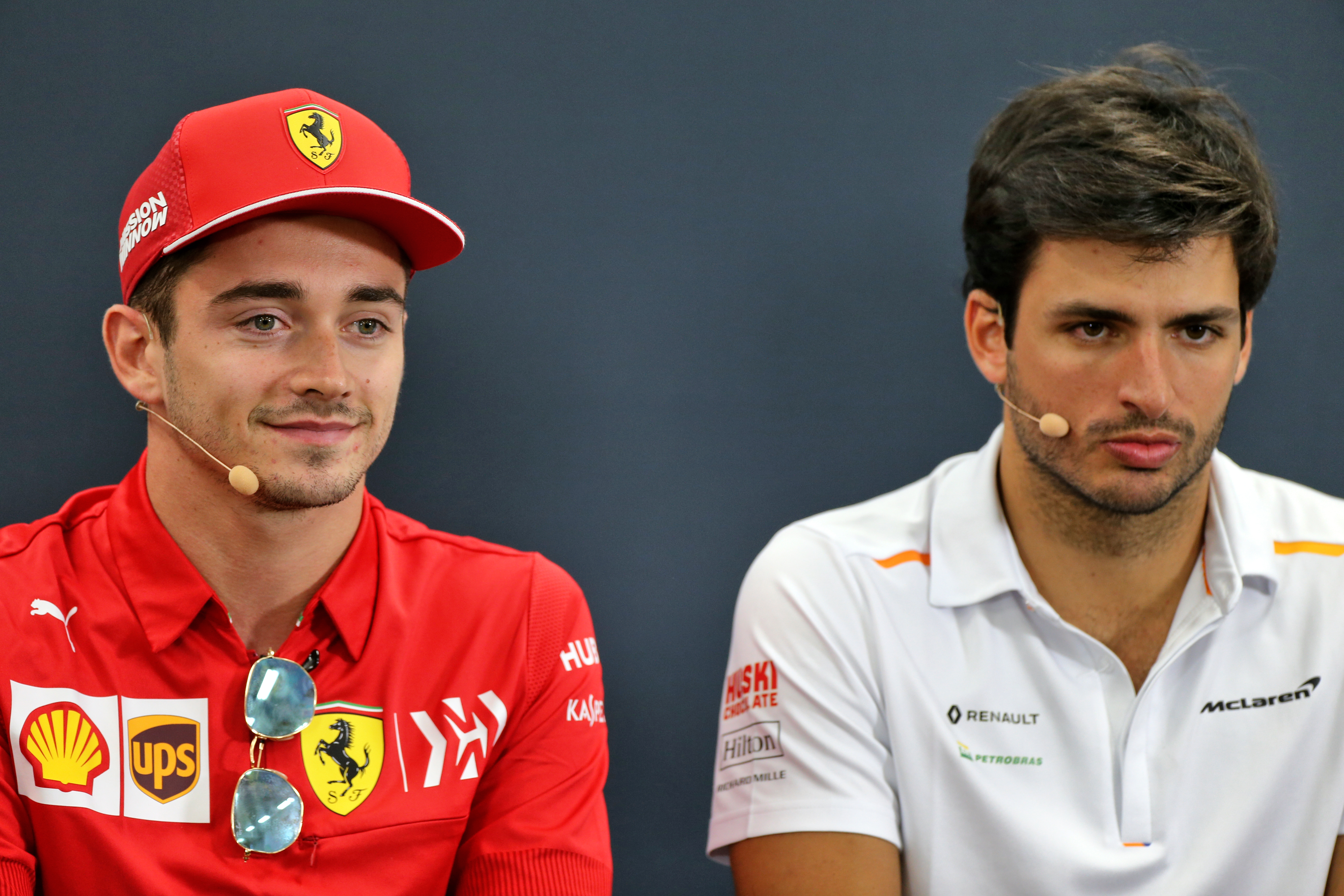
Performance
The first part is obvious: performance. He – just like Leclerc – works on himself incredibly hard, is always looking for ways to improve. In maximising his own performance, he can give nothing away to Leclerc in preparation, nor can he relax into his support role, which could easily take the edge off his competitiveness if he allowed it to.
Sainz’s aim must be to make plain that it is not his own performance that is placing him in the support role. He needs to make it look like there are two potential number ones and that it is only the team policy that is separating them. Which he needs then to accept with equanimity and grace in the car and out. That’s no easy task when your team-mate is Charles Leclerc, but it’s within Sainz.
A true number two driver can qualify regularly a tenth or two behind their team-mate, finish 20-30s behind them in the race. Sainz cannot afford to fall into that role. If in a straightforward run for both drivers he’s slower, it needs to be by tiny margins. Ideally, he needs to be quicker often enough for it not to be perceived as fluke.
Is Sainz quick enough to do this? He can take strength from the fact that he gave little, if anything, away to Verstappen in a Red Bull environment centred around the other guy. Yes, he should be quick enough if he accesses his potential as effectively and consistently as he has at McLaren.
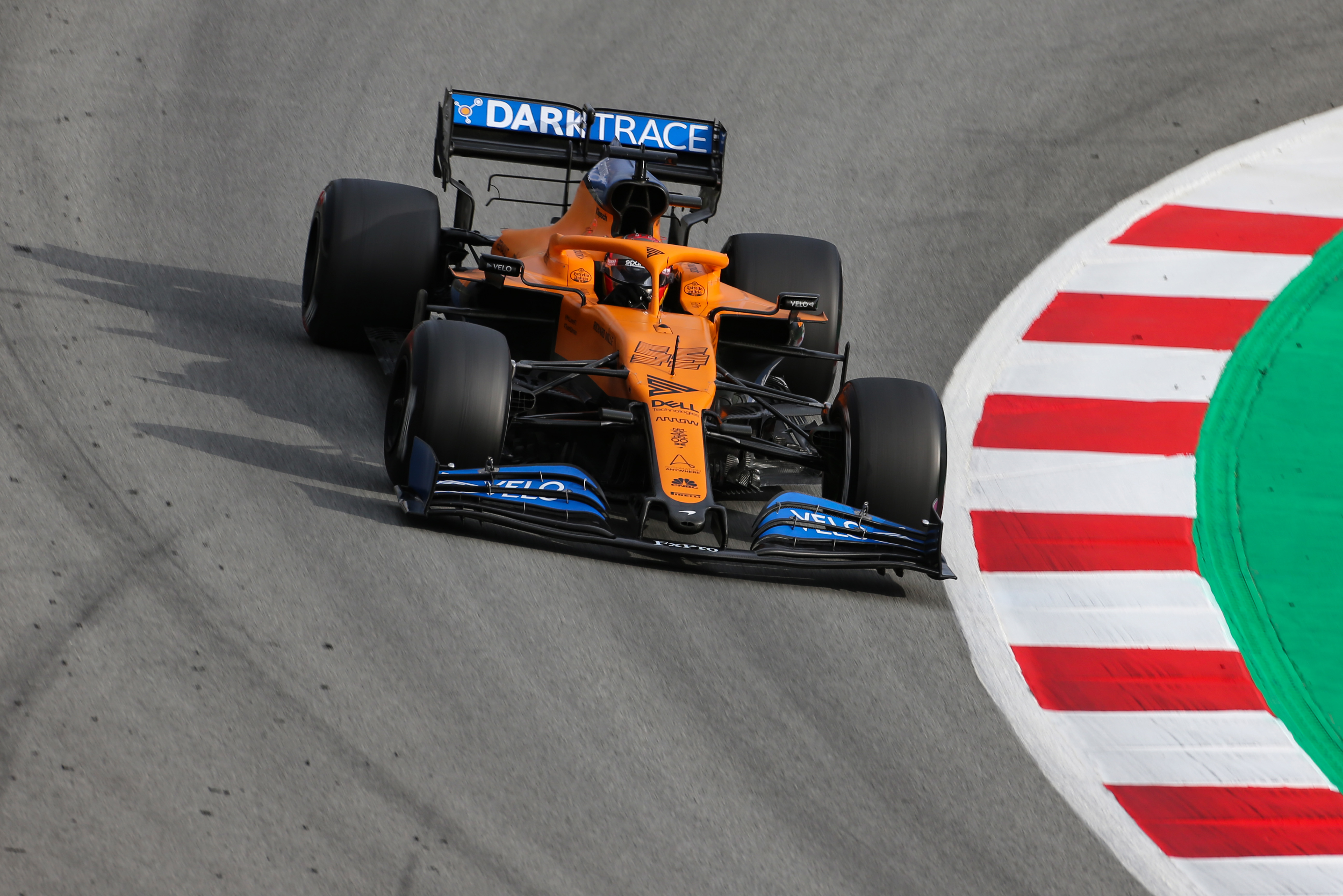
There will inevitably be days where one or other of the team cars has a problem. On the days when it’s Leclerc, Sainz needs to be able to capitalise.
If there’s a crazy wet qualifying session, for example, he needs to pull the strands together so as to be able to express his superb skills in such conditions. If Leclerc has hit a problem and is back in 10th on the grid, Sainz can’t be satisfied with ninth. He needs as many cars as possible between him and Leclerc so he’s never put in the position on race day of having to make way for him. These opportunities will be gifted to him and he needs to capitalise every time.
There will also probably be days when Leclerc is absolutely untouchable. Sainz needs not to let that knock his confidence and just keep being the best Carlos Sainz he can possibly be.
His father Carlos Sr can doubtless relate to him those days when his Subaru World Rally Championship team-mate Colin McRae was out of his reach, but that didn’t stop Sr from being able to compete with McRae over a season.
There is going to be a lot of mental stress involved in being Leclerc’s team-mate and the easy thing for Sainz to do would be to allow himself off the hook when Leclerc is quicker, to tell himself it’s because of the number 1 and 2 status.
He cannot give himself that excuse, but by the same token he needs the team’s assurance that there will be no material difference in the machinery – only in the way it’s being directed from the pitwall. Not letting yourself off the hook but not being destroyed when the other guy is quicker is a delicate place on which to balance, but he must find it.
Finding the equilibrium between fierce inner competitor and warm team player comes naturally to Sainz. It’s a rare combination but he has it. He just needs now to express the fierceness without breaking the constraints of the role – and that’s not so easy.
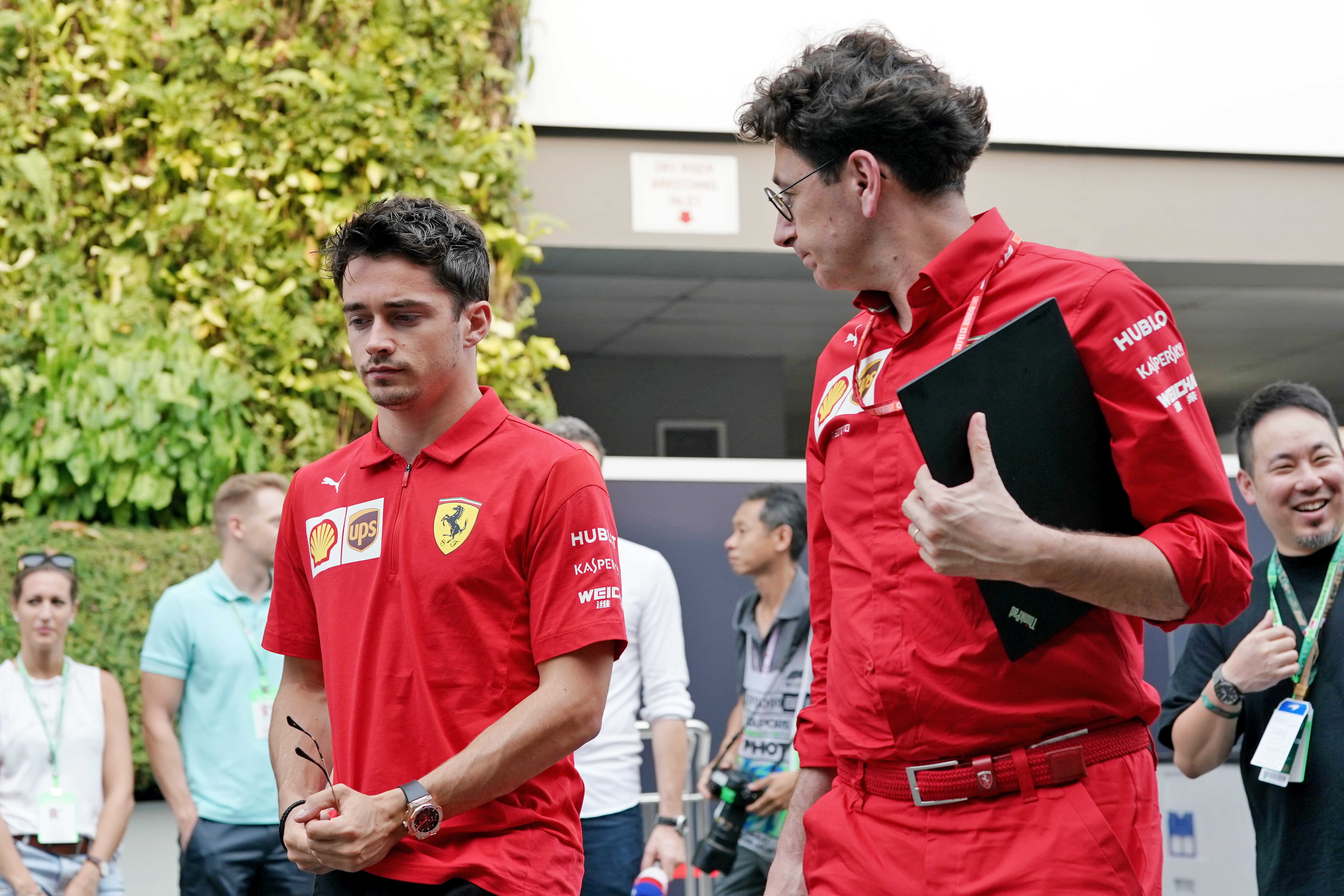
Strategy
In the straightforward running of a race, it can be assumed that Leclerc will be given the favoured strategy. There will be days when Sainz’s race is compromised through maximising Leclerc’s chances. He may be left out a few laps after the ideal stop time in order to delay a fresh-tyred Mercedes or Red Bull, so as to help Leclerc catch it. He may be brought in first when the tyre traits mean it’s the ‘overcut’ rather than the undercut which works.
But the more often he can qualify ahead of Leclerc, the more difficult he makes it for Ferrari to deploy such tactics. There may be days when Ferrari is forced by a rival to pit Leclerc earlier than ideal, compromising his race later. If Sainz is behind, maybe he can run longer to the stops and thereby be on faster rubber than Leclerc in the late stages, which might enable him to close up dramatically at the end. Leclerc did this to Vettel in Melbourne last year but was thrusting enough to ask if he could overtake.
In his assigned role, Sainz would need to make the point implicitly and play it down out of the car.
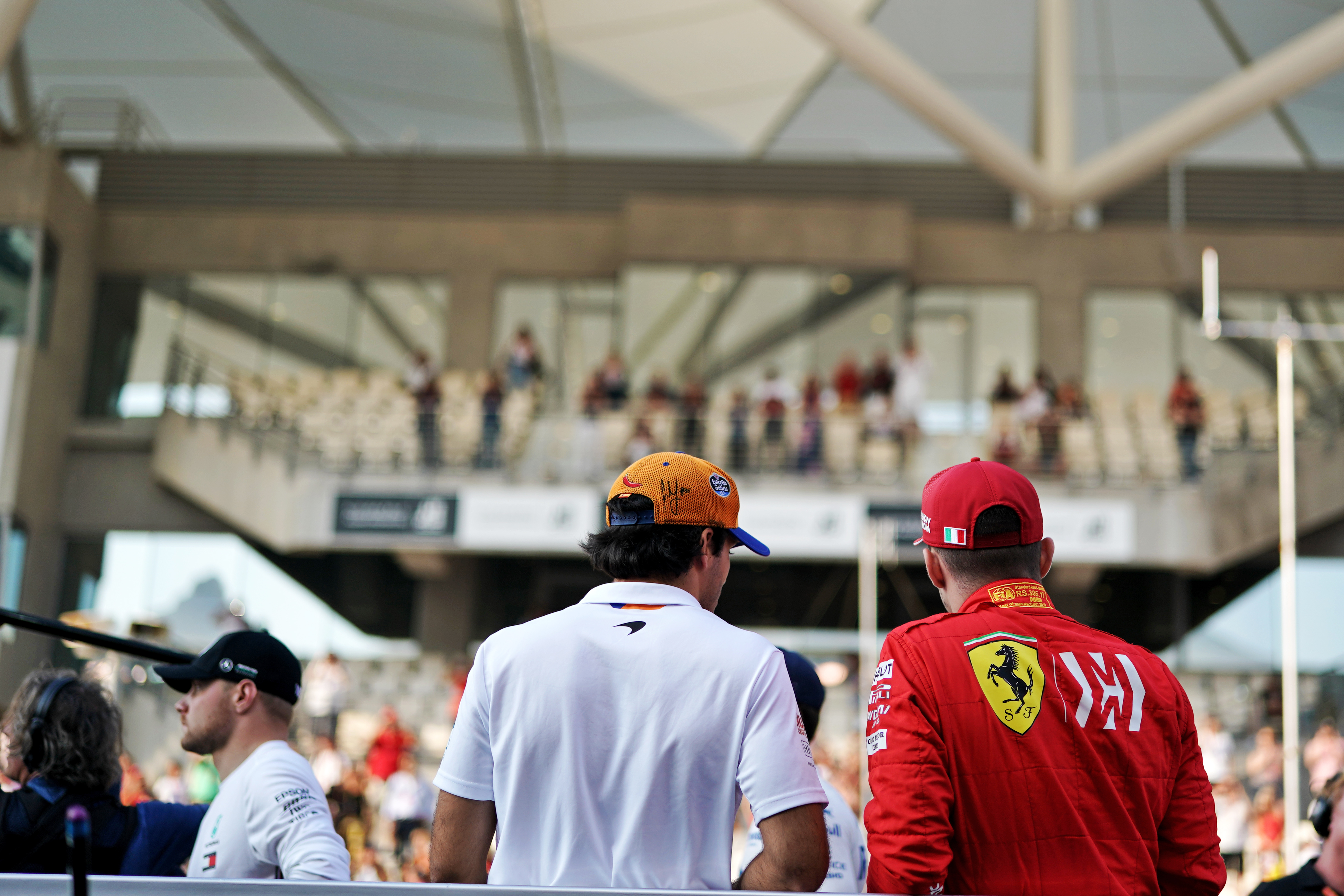
If he can conduct himself in this way working for the team but showing clear comparable speed to the number one, he’s going to ingratiate himself to Ferrari enormously. So that on those days where it’s his Ferrari that’s the team’s main hope, the team will be invested in him, giving their all for him and being delighted in his success.
Probably the greatest number two driver there has ever been was Tony Brooks at Vanwall in 1957-58. He was one of the greatest talents of all time, comparable in speed to team number one Stirling Moss. But he had the inner confidence to allow Moss the thrusting team leader role – and there were occasional days where Brooks was just too fast not to dominate.
That’s the sort of role Sainz needs to emulate. He can win races for Ferrari and at some point that will put him fully in control of his own destiny.



